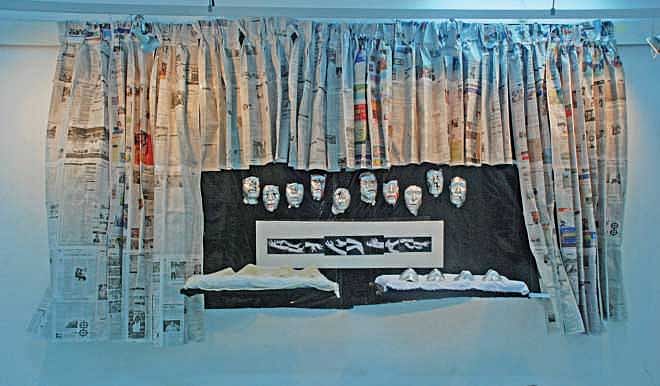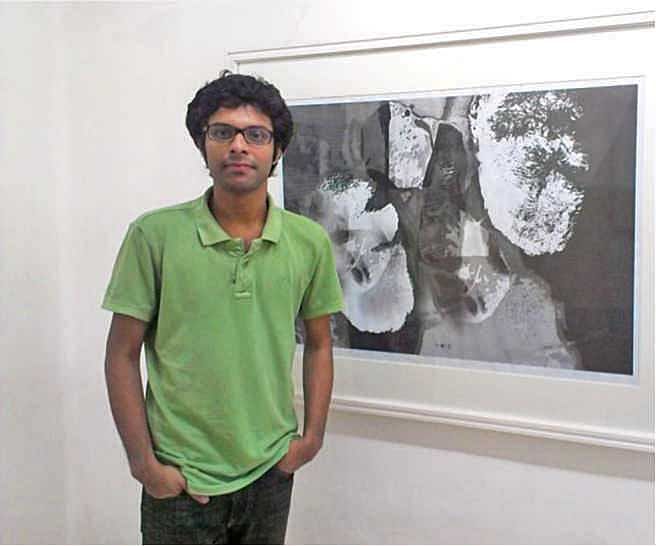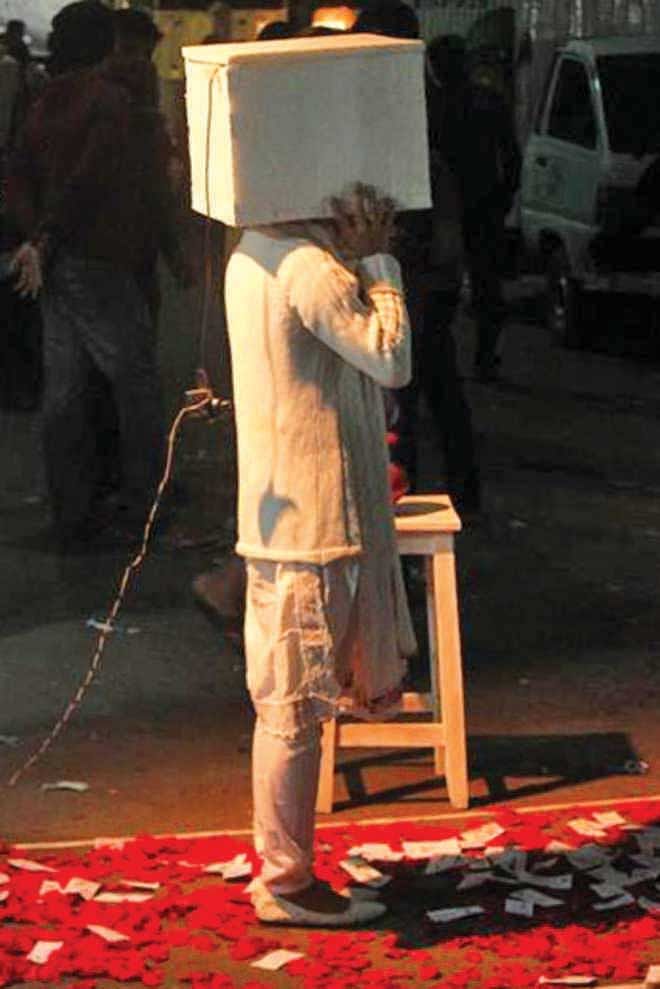Taking on the Art World
Taking on the Art World
A young artist and curator experiments with new art forms and media in his exhibitions

Curating a show that too the kind that aims to take art to the general public rather than restricting it to galleries, is not an easy feat. At 27, Syed Md Shohrab Jahan is a young curator who uses his creativity to do just that.
The art scene of Chittagong has seen an emergence of a good number of young artists as well as avant-garde curatorial styles.
After completing his formal education in sculpture, this young sculptor decided to enrich his skills by learning from his surroundings. So he decided to curate a show that viewers would be able to relate to.
“For me being an art curator is not just a matter of putting together what looks good; it's a matter of putting together what works best for the audience to make a connection with the art and artists,” says Shohrab.
After working as a co-curator for two years, last year he curated a two-day site specific exhibition titled 'Cheragi Show-3' at Cheragi Pahar Lane, Chittagong, which was organised by Jog Alternative Art Space, a platform for young artists. The much celebrated exhibition acted as a new way of looking at art for art enthusiasts while viewers took it as a source of delight.

In this show, Shohrab chose the art pieces not only for their aesthetic beauty but for the narrative that they present in the day to day life around the Cheragi circle. While curating the show Shohrab kept two things in mind. “One was to represent the contemporary life that develops in and around Cheragi lane. One of the biggest challenges was to place the installations in a particular locality without changing the place's original ambiance," says Shohrab.
Secondly, he had to create an interaction between the artworks and the spectators. The artworks needed to have the property to challenge and question our day to day assumptions and anxieties. You can even say that they helped to inspire the audience to see the world more clearly. For example, Shohrab curated a performance art titled 'Choto Golpo' by artist Jublee Dewan where she highlighted the lives of street children and waste collectors.
“Shown together, I believe that these works have been able to draw the attention to the progress our art scene has made and it also shows that there is much work left to be done.”
As a curator, Shohrab believes that his greatest achievement has been to find a large crowd lost in curiosity, bewilderment and engaged in conversations propelled by the artworks.

Born in Chittagong, Shohrab was always interested in the rich heritage, history and the beauty of the city. Shohrab believes that any form of artwork needs to have the ability to establish a direct communication with the environment and the people.
“In terms of art, interaction is very important to me” says Shohrab. “One important thing that lies at the very heart of other art forms, film for example, is the connection that the audience is able to make while enjoying it. While the person watches a movie, he/she consciously or subconsciously evolves a relationship with the story. On the other hand, a painting in a gallery might not be able to establish such a direct connection with its viewers. Sometimes it becomes difficult for spectators to get a close, personal look and explore it independently. That's where this kind of community based alternative art exhibitions can play a role.”
Shohrab has already started working on his next project which will be on the Karnaphuli River. The exhibition is going to be in tune with what the local community knows, feels and wants from the river, adds Shohrab. It aims to reflect their hope, their fear, and curiosity regarding the river and its future during each unfolding moment of the artworks.
This project is going to have artists who are going to spend time around the riverside and fill their canvases with the picturesque landscapes surrounding the Karnaphuli. The project will also feature photographers who will document the life of the local community. On the other hand there will be installation artists and sculptors who will work closely with local fishermen and boatmen to learn the process of making a boat.
The exhibition aims to tell the story of Karnaphuli river's evolution- from the colonial time to the present. It will also show the lifestyle of the people who depend on the river for their livelihood.
“The artists and local community who are going to work with me need to keep in mind not only the aesthetic aspect of their artworks, but also the state of mind of the audience while experiencing the show. Be it life or artistic skills, this kind of exchange is going to enrich the learning process of those who come to these exhibitions,” Shohrab concludes.